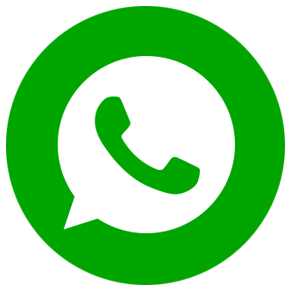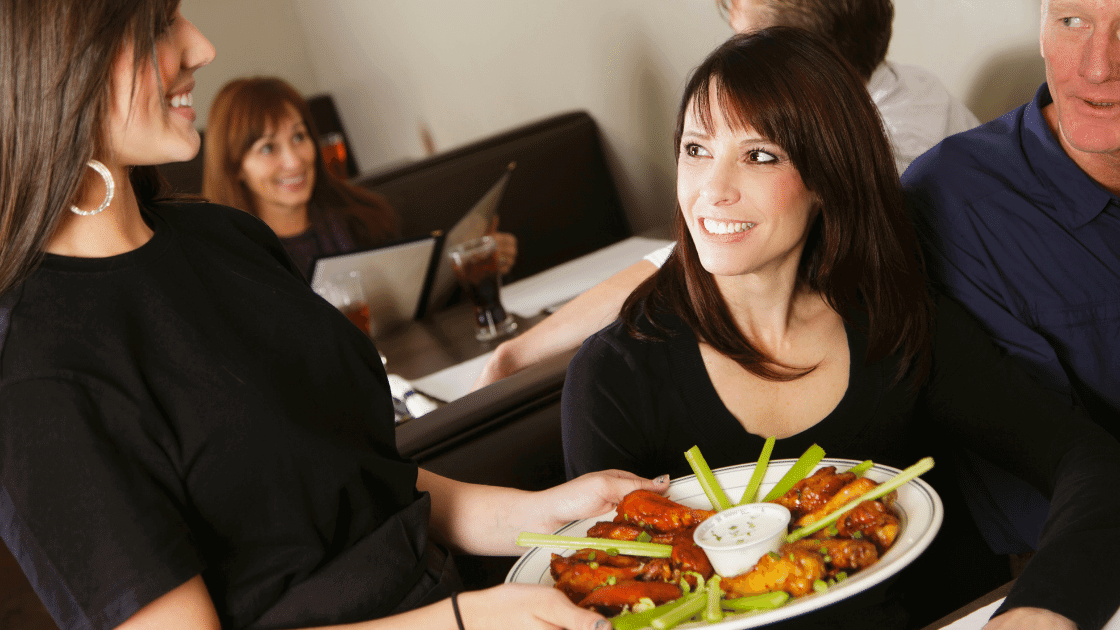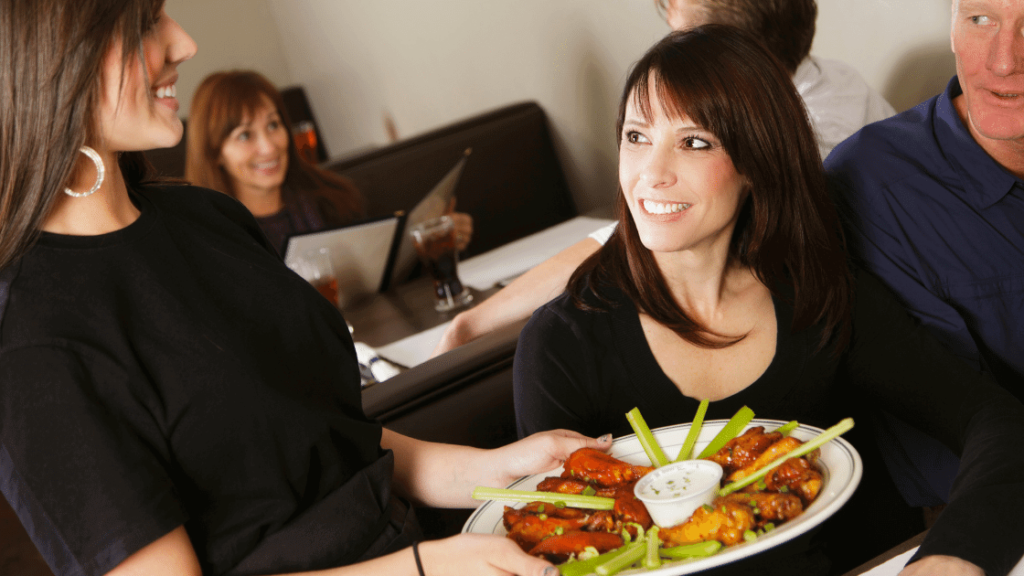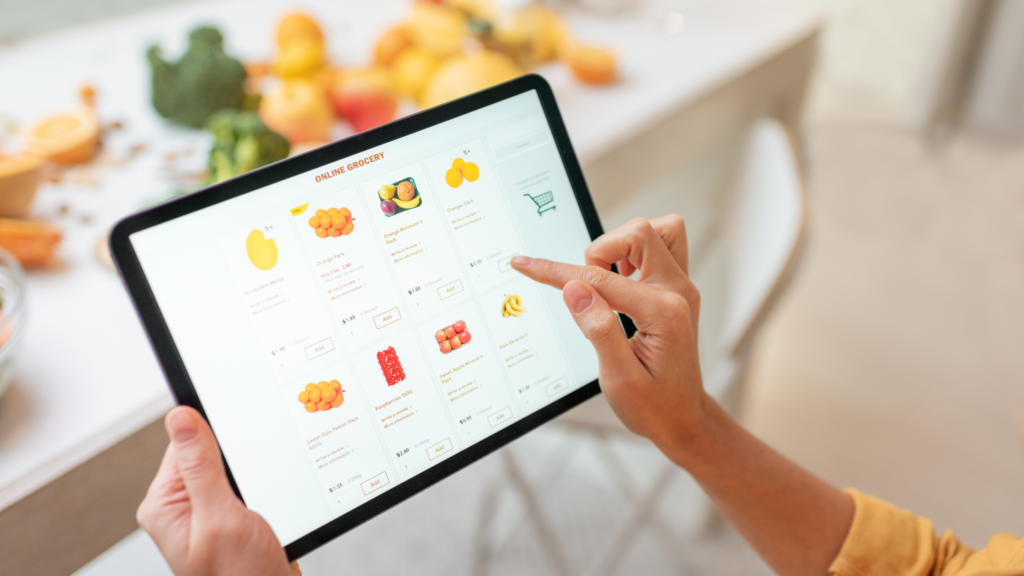Profitability is the primary goal of most enterprises. When it comes to data, however, about half of the companies consider improving CUSTOMER EXPERIENCE (CX) to be a long-term goal.
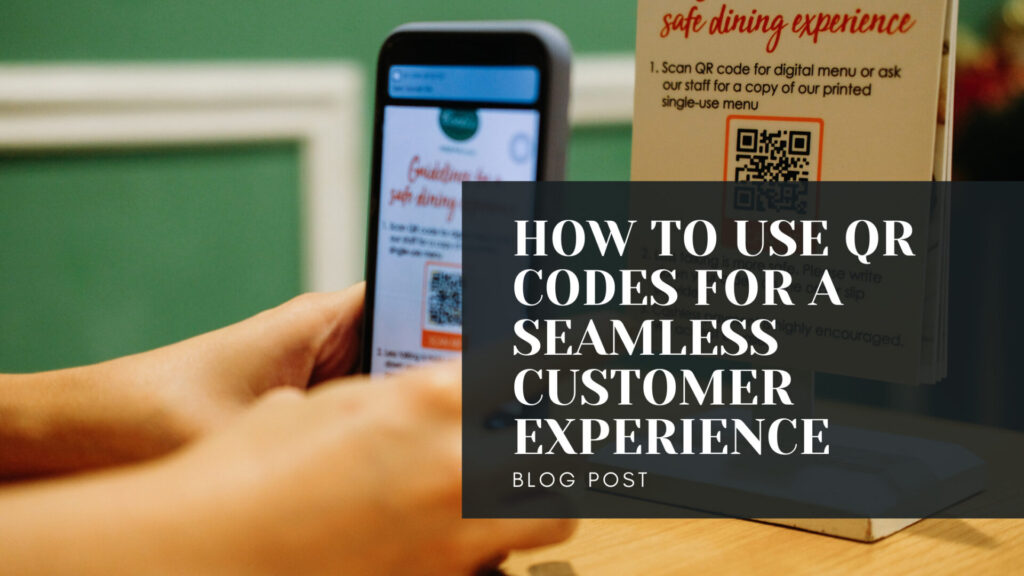
Companies place a high focus on customer happiness. You can exploit consumer repurchase intentions and promote long-term loyalty by enhancing customer happiness. Because customers have a large number of options to pick from, it is critical for the company to understand their needs and engage with them on a regular basis. Customer happiness is difficult for firms to attain.
According to reports, dissatisfied consumers are twice as likely to tell others about their bad experience as satisfied customers. In this modern era, businesses should not offend customers by responding to bad evaluations. The following are some of the reasons why you should value customer experience:
- Retaining customers is less expensive than obtaining new customers.
- Positive reviews and personal recommendations can help to improve your brand’s reputation.
- Improved customer satisfaction will assist organizations in remaining competitive.
- Customer experience is inextricably linked to an organization’s long-term success.
As the pandemic spread over the globe, the commercial landscape transformed quickly. As the global economy has gotten more digital, it has become more vital for businesses to conduct their operations using contactless payments. When it comes to providing a better experience for customers, merchants must consider the gap between digital and physical storefronts. Retailers prioritize QR codes as a means of improving consumer happiness and facilitating a seamless buying experience.
The retail business benefits more from QR codes than it does from bar codes. Barcodes have evolved into a valuable tool for companies to avoid having to dig up every information of a product. Instead, they only need to scan the goods because the code has all of the information. As a result, QR has become a key aspect of technological progress.
In the United States, around 11 million homes will use QR codes for shopping in 2020, according to the business industry. This represents an increase above the 9.76 million scans performed in 2018. Consumers favor digital payment options because they save time compared to the traditional technique. For the convenience of their customers, retailers and ecommerce store owners have begun to incorporate QR codes into their stores. QR codes are one of the most well-known and emerging technologies that have allowed the company to revolutionize customer expectations and retail convenience. Previously, users paid with credit cards and cash; however, the scenario has completely altered lately.
A QR code is a two-dimensional barcode that can be read by a smartphone camera. It’s similar to a UPC barcode’s black and white squares. QR codes include data such as messages, URLs, phone numbers, and other items that instruct a smartphone to perform a task. A QR code scanner, for example, can launch a webpage, switch to a different language, play a video, make a contact, or send an email. Because QR codes are two-dimensional, they can be used in any visual medium, such as print advertising, packaging, websites, and digital signage.
The use of QR codes relieves retailers of stress because they can continue to provide great products and improved customer care to their clients. Through contactless technology, it is now simple for shops to conduct transactions directly with customers. Consumers will be able to have a more tailored experience if they begin to prioritize technological improvements.
While the advantages of boosting customer satisfaction and experiences are significant, achieving them is difficult. Gaining the trust of customers is difficult for businesses, and it is becoming more difficult as competition intensifies. When communicating with customers, a QR code can provide you with a number of advantages. QR codes can be used to provide useful content to your consumers, improve service, and send targeted promotional messages. The following are some of the advantages of employing QR codes in your marketing and customer interaction strategies:
- Helps drive action
- Encourages prospects to make a purchase
- Enables seamless lead generation
- Tracking and collecting customer data
- Price reduction
- Boosting customer experience
- Seamless generation
HOW TO USE QR CODES TO GAIN CUSTOMER INSIGHTS AND IMPROVE CUSTOMER EXPERIENCE
Let’s look at how QR codes can be used to increase consumer interaction. QR codes can be used in a variety of ways. Let’s take a look at some of the most common ways to use QR codes for business.
Coupons and discounts
Discounts and vouchers are popular among customers. Approximately 94 percent of buyers use discounts and coupons to complete their purchases. When shopping in a store, things get a little more complicated. Discounts are exclusively given to specific clients by the business. They select qualified customers based on a variety of factors. QR codes make the process of getting a discount much easier. Customers may be provided discounts in the form of QR code coupons. Customers can redeem the offer by scanning the code with their smartphones.
Storefront strategy
QR codes are the greatest tactics to utilize if you have a physical retail store. Because storefronts make the store more apparent, they increase visibility and encourage customers to enter. Customers can also play and win the game by using the QR code as a storefront. Customers will visit the store more frequently if they are encouraged to scan and win deals and discounts. You can attract customers and increase foot traffic to your store with this method. It’s crucial to include text in QR codes because it’s essential for call-to-action terms.
Mobile layaways
QR codes are the perfect approach if your store allows customers to reserve things or put them on layaway. Consumers can use a QR code to reserve or put an item on hold for later purchasing. When a consumer is on the go and does not have access to a physical store, this is handy. They can put a hold on an item at a later date when it is more convenient for them to pick it up in person. Customers can reserve for a unique or higher priority item ahead of time when QR codes are integrated into your marketing and advertising tactics. They may scan a code linked to an advertisement, a social media post, or other marketing materials and be assured that their item will be waiting for them when they arrive.
Share product information
Customers are well-informed about the brands and products that they select. They must be aware of all of the products’ ingredients, features, and descriptions, as well as their influence on both the user and the environment. Manufacturers are unable to convey entire information about the product in the package. This problem can be solved with the use of a QR code. You can make a QR code using the information stored in it and place it on the package. You may also link the code to a page on your website where customers can acquire more thorough information about the product. HERSHEY’S, the world’s largest chocolate factory, is one of the most notable instances. By including a QR code on their product packaging, they implemented Smart Label packaging. The code is linked to comprehensive product information, ensuring complete visibility for customers.
In-store strategy
If customers are shopping in a store, placing a QR code within the store would be the ideal choice, because customers scan and pay for their purchases. QR codes can be placed on products that can provide customers with a convenient purchasing experience while also delivering information about the product. Customers may get things quickly and conveniently, and the QR code allows potential purchasers to read reviews and comments from previous customers before making a purchase decision.
Sharing engaging content
Sharing interesting and helpful material is one of the best methods to keep your customers involved in your business. It would be great if you could provide product information via QR codes. If you sell many types of pasta or noodles, for example, you can share the recipes with your customers. You can include the code in the product package and link it to your website or YouTube channel’s product recipe. The chef’s basket is one of the best examples, as it employs QR codes on its prior products to link them to their YouTube channel. Customers can view and follow the recipes by scanning the code.
The reception strategy
Customers prefer to use QR codes to enquire about and pay for things. And this is the most effective way to carry out the approach. If you own a café or restaurant, you may provide your customers a direct menu by scanning the code and allowing them to order whatever they want. Many stores and brands have adopted this method since it allows retailers and ecommerce sellers to work more efficiently.
Seamless product returns
According to studies, 92% of buyers would buy the brand again if they had a positive return experience. The clients will seek assistance from the agents. When a consumer wishes to return an item, they will choose the self-service option. Product return processes can be made easier with QR codes. Use a QR code generator to create codes for your products that connect to a page on your website where customers may request a return. AMAZON was the first to use this strategy to provide customers with a seamless return experience. Customers can scan the QR code within the drop-off spot to return the product. The products will be reshipped by Amazon. And a refund will be given as a result.
Omni channel marketing
Using flyers, billboards, business cards, brochures, and other promotional materials to raise brand awareness and retain customers is difficult. These marketing resources can only help to increase brand awareness in the marketplace. Customers will be unable to act in real time, which will have an impact on overall engagement. With the use of QR codes, this problem can be solved. QR codes can be embedded in printed marketing materials and linked to relevant websites. If your company offers consumers the option of booking or scheduling appointments online, you can link the codes to your website’s appointment page. Customers will be able to arrange appointments in a seamless manner, resulting in a superior and effortless customer experience.
Business card QR codes
Previously, the company was required to create simple and minimalist business cards with information such as phone number, email, address, and designation. Businesses nowadays choose to include social media links and other accounts in their business cards. This may cause the business cards to become overburdened with data and links. A QR code on a business card may hide a lot of information, allowing customers to quickly access contact information and social media links (Facebook, twitter, Instagram, YouTube etc.) You can create a basic business card with a QR code that contains all of the necessary information. Retailers and professionals are the most common users of this approach.
Storefront displays
It is impossible for a retail business to operate 24*7. However, when you consider it, customers will continue to pass by your store long after it has closed. What if you had the opportunity to use this opportunity to increase traffic and generate sales? Your store will be open 24/7, and placing a storefront display with a QR code that links clients to your online store can help you capitalize on after-hours traffic.
Finding the store
Another way to use QR codes is to locate your store. It is less likely that you will mislead your consumers if you can guide them to the store. Customers do not need to memorize the store address if your store code is linked to Google Maps or any third-party application because they can simply discover you. If clients are having trouble finding your store, they can use the QR code to quickly locate it.
Because mobile technology has swept the industrial sector, the QR code in the retail sector will undergo significant adjustments in order to increase conversions and traffic. The first step toward customer satisfaction is to improve the CUSTOMER EXPERIENCE (CX). QR codes can help you increase customer engagement and deliver a memorable experience by using them into your marketing and customer service strategies. Are you having trouble designing your own QR code? ESTRRADO TECHNOLOGIES can assist you in setting one in place to improve the performance and convenience of your store. Please contact us if you require additional information.
